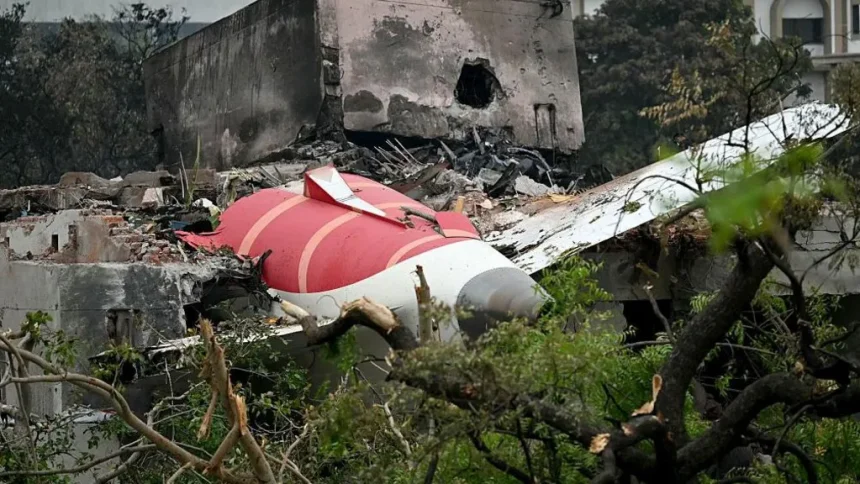Families of passengers who died in the June Air India plane crash have dragged United States aerospace giants Boeing and Honeywell to court, accusing them of negligence that led to the death of 260 people.
The lawsuit, filed on Tuesday in the United States claimed faulty fuel switches caused the crash of Air India Flight 171 shortly after take-off from Ahmedabad. The Boeing 787 Dreamliner, bound for London Gatwick, went down in a residential area, killing all 229 passengers, 12 cabin crew, and 19 people on the ground.
The families alleged that Boeing and Honeywell were aware of the risks linked to the switches but failed to act. “And what did Honeywell and Boeing do to prevent the inevitable catastrophe? Nothing,” the families said in the filing.
Investigators from India’s Aircraft Accident Investigation Bureau revealed in a preliminary report that fuel to the engines was cut off moments after take-off. The switch had been moved from “run” to the “cut-off” position, which cut off thrust needed to keep the plane airborne.
The families’ lawyers said this amounted to a design defect. “The defect allowed for inadvertent cutoff of fuel supply and total loss of thrust necessary to propel the plane,” they argued.
The case also cited a 2018 advisory from the US Federal Aviation Administration (FAA), which urged operators to check the fuel switches’ locking mechanism to prevent accidental movement. But the advisory was not made mandatory, and no replacement parts were supplied.
The families accused the two companies of “sitting idly” behind what they called a “gentle advisory” while lives were at risk.
So far, Boeing has refused to comment on the lawsuit, only pointing to the AAIB’s ongoing investigation. Honeywell is yet to respond. The FAA has previously insisted that Boeing aircraft fuel switches are safe.
The Texas-based Lanier Law Firm, representing the families, said the companies failed to warn airlines properly, did not enforce inspections, and never provided fixes for the design issue.
A full investigation report into the disaster is expected in 2026.











